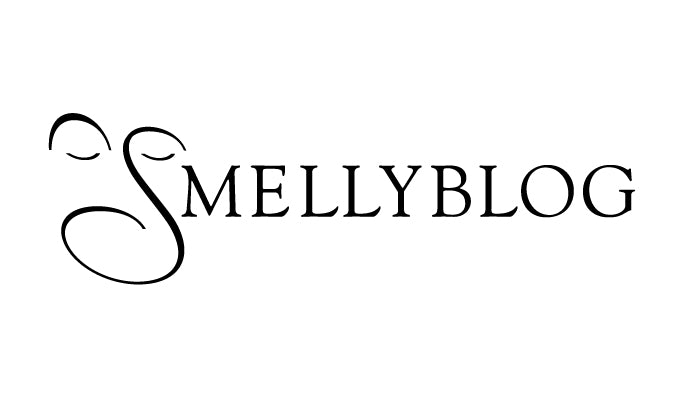Fracas
Fracas: An over-the-top white floral; a moon-garden outrageously populated by fragrant night-blooming flowers: honeysuckle vines curling their lashes against the dark skies, pale tuberose skeletons trembling in the summer wind and night blooming jasmines exploding their indoles like fireworks. Cool and warm wafts of winds alternate as one walks through attempting to survive this intoxicating olfactory temptations without falling flat on the ground and becoming fully sedated.
Fracas from French translates straightforwardly to “crash” but more specifically - a noisy, disorderly quarrel, fight or disturbance (which is what could possibly happen if this perfume is applied in abundance by a government employee in Canada). If worn in a different setting, the disturbance is bound to be rather pleasant. There is nothing timid, restrained or shy about Fracas. At the same time, it is not nearly as obtrusive as I have expected after sensing the divided opinion about this fragrance, rivaled only by the opinions regarding Angel and Poison.
On the tuberose intensity-spectrum, Fracas sits just at the point where it leaves a (fondly) memorable impression; go any further you are approaching Poison’s aggressive territory. Tamer tuberoses, on the other hand, always live in danger of paling in comparison to this landmark fragrance.
With every wearing of Fracas, it keeps me on my toes as it bounces between gasoline, white flowers, hot rubber and greenery from the florist shops’ cooler. But it’s intrigue lies not only in its contrasting notes, but also in it’s ability to shift its weight between realism (the real living flowers) and the abstract of modern chemistry (bold molecular statements), while never losing its balance.
In its evolution, Fracas starts out as an intense heady floral, yet with depth rather than being high pitched. It was described before me as “sparkling” and I can’t agree with this description more - it has a certain vivacity that makes it seem very light hearted, almost humorous. You could say it’s Narcisse Noir’s blond sister or the glamorous Norma Desmond when silent films were still in production (both perfumes share the intensity of white florals overtop incense, sandalwood and rubbery animalics, with Narcisse Noir being darker and bordering on the decay).
Tuberose and green cool notes (violet leaf?) are further intensified and sweetened by orange blossom and jasmine absolutes. I also smell something reminiscent of stephanotis there though I’ve never seen it listed anywhere. In the first hour of wearing the various floral notes competing simultaneously for the diva role yet somehow end up singing a polyphonic and harmonious coral and acting as counterpoint to one another (they are all bold, loud white florals so the competition is close). Once settled on the skin, Fracas is linearly floral tuberose with the creamy aspect of the flower taking centre stage. From this point on Fracas slowly but surely dissipates into the atmosphere, shedding one layer after the other of its tuberosiness until in the end we are left with a clean, smooth petal underlined with musk, wood and just the slightest hint of acrid oakmoss.
Heart notes: Tuberose, Jasmine, Stephanotis, Lily of the Valley, Jonquil, Violet, Orange Blossom, Iris
Base notes: Musk, Vetiver, Cedar, Sandalwood, Oakmoss





